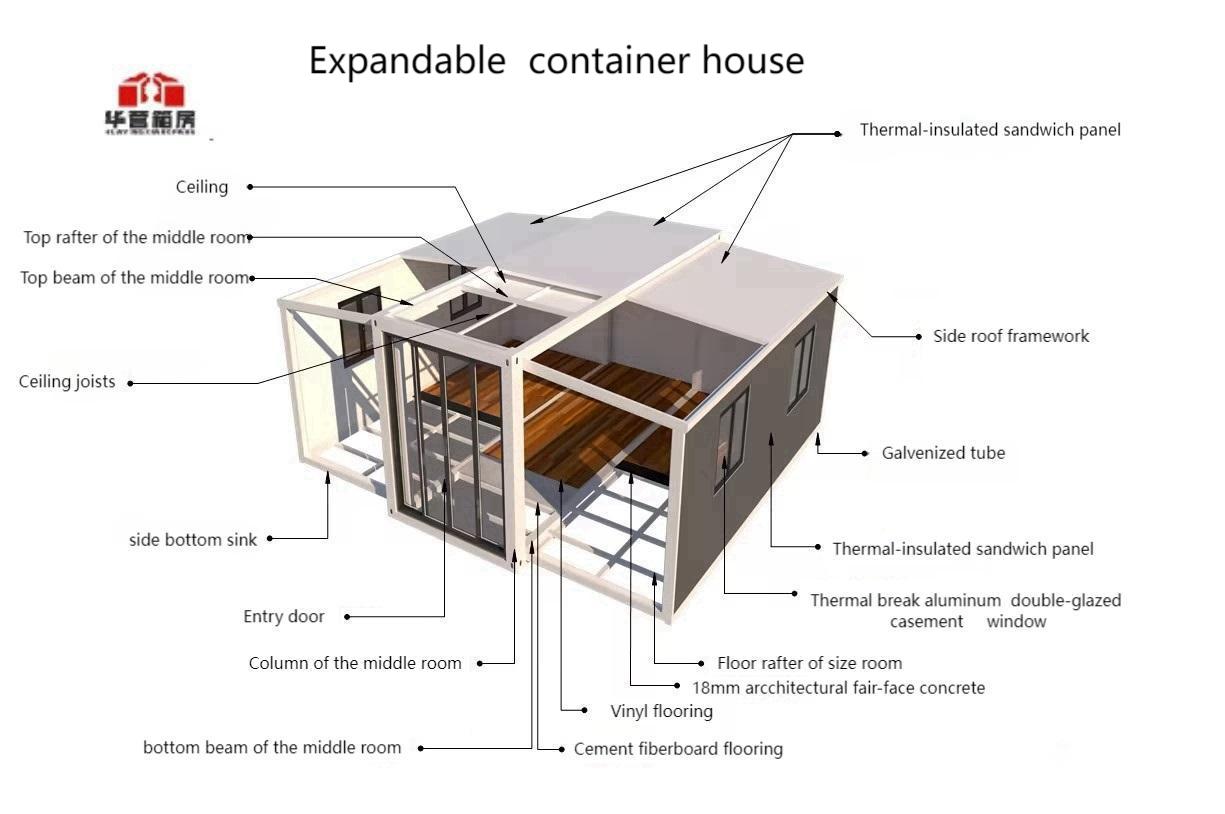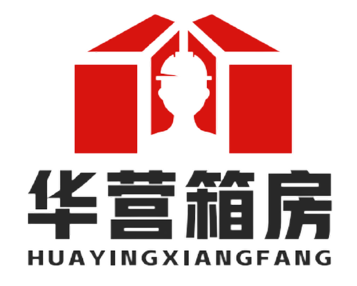Discover how China prefab houses are transforming the construction industry with their cost-effectiveness, rapid installation, and sustainable design. This comprehensive guide explores the benefits, types, and installation process of prefab homes from China, perfect for those seeking efficient housing solutions.
In recent years, China prefab houses have gained significant traction globally, offering an innovative solution to the traditional challenges of construction. These prefabricated buildings, manufactured in factories and assembled on-site, are changing how we think about housing development. Whether you’re looking for a temporary shelter, permanent residence, or commercial space, China’s prefab housing industry provides versatile options that combine quality, efficiency, and affordability.
What exactly makes prefab houses from China so appealing? For starters, they’re incredibly time-efficient. While traditional construction can take months or even years, prefab homes can be manufactured and installed in a matter of weeks. This rapid turnaround is particularly valuable for emergency housing, remote locations, or projects with tight deadlines.
Advantages of China Prefab Houses
The benefits of choosing prefab houses from China extend far beyond just speed. Let’s explore some key advantages:
- Cost-effectiveness: With streamlined production processes and bulk material purchasing, prefab houses typically cost 20-30% less than traditional construction.
- Quality control: Factory settings allow for precise manufacturing with consistent quality, reducing the margin for error that often occurs in on-site construction.
- Design flexibility: Modern Chinese manufacturers offer a wide range of customizable designs, from minimalist studios to multi-family complexes.
- Reduced environmental impact: Prefab construction generates less waste and often incorporates sustainable materials and energy-efficient features.
- Weather independence: Since most construction occurs indoors, weather delays are minimized, ensuring projects stay on schedule.
Types of China Prefab Houses
China’s prefab housing market offers diverse options to suit various needs and budgets:
Container Houses: Made from repurposed shipping containers, these durable structures are popular for temporary housing, pop-up shops, and remote workspaces. They’re incredibly sturdy and can be stacked or arranged in creative configurations.
Light Steel Frame Houses: These structures use steel frames as the primary support system, offering excellent durability and earthquake resistance. They’re ideal for permanent residences in areas prone to natural disasters.
Panelized Homes: Wall, floor, and roof panels are manufactured in factories and assembled on-site, creating a tight building envelope that enhances energy efficiency.
Modular Homes: Complete sections or modules are built in factories and transported to the site for assembly. This approach allows for complex, multi-story designs with high-quality finishes.
Installation Process: Speed and Simplicity
One of the most impressive aspects of China prefab houses is their straightforward installation process. Unlike traditional construction that requires numerous skilled tradespeople working sequentially, prefab installation is streamlined and efficient.
Your browser does not support the video tag.
As demonstrated in the video, the installation process typically involves site preparation, foundation work, delivery of prefab components, and assembly. With a small team and basic equipment, a complete house can be assembled in just days rather than months. This efficiency not only saves time but also reduces labor costs and minimizes disruption to the surrounding area.
Structural Innovation and Design
Modern China prefab houses incorporate advanced engineering principles to ensure durability, safety, and comfort. The structural design has evolved significantly from basic prefab concepts of the past.

The structural diagram above illustrates the innovative “dual-wing” design used in many modern Chinese prefab houses. This engineering approach provides enhanced stability while allowing for spacious interiors and flexible floor plans. The integration of insulation, utilities, and finishing materials during the manufacturing process ensures a high-quality final product that meets or exceeds international building standards.
Cost Comparison: Prefab vs. Traditional Construction
When evaluating housing options, cost is inevitably a major consideration. China prefab houses typically offer significant savings compared to traditional construction methods:
- Material costs: 15-25% lower due to bulk purchasing and optimized cutting
- Labor costs: 30-40% reduction because of factory efficiency and simplified on-site assembly
- Time savings: Projects complete 50-70% faster, reducing financing and holding costs
- Maintenance: Many prefab designs incorporate durable materials that require less upkeep over time
These cost advantages make prefab houses particularly attractive for developers, government housing projects, and individual homeowners working within budget constraints.
Sustainability and Environmental Benefits
As environmental concerns become increasingly important, China prefab houses are gaining recognition for their sustainability advantages:
- Reduced waste: Factory production allows for precise material usage, generating up to 70% less construction waste than traditional methods.
- Energy efficiency: Many prefab designs incorporate superior insulation and energy-efficient systems, reducing long-term energy consumption.
- Sustainable materials: Leading manufacturers increasingly use recycled and eco-friendly materials in their production processes.
- Lower carbon footprint: The streamlined construction process and efficient transportation logistics result in reduced greenhouse gas emissions.
Future Trends in China’s Prefab Housing Industry
The prefab housing sector in China continues to evolve rapidly, with several exciting trends emerging:
Smart Home Integration: Modern prefab houses increasingly incorporate smart technology, including automated systems for lighting, temperature control, security, and energy management.
Advanced Materials: Research into new composites and sustainable materials is driving improvements in durability, insulation, and environmental performance.
Customization Through Technology: Digital design tools and 3D modeling allow customers to visualize and modify their prefab homes before production begins.
International Expansion: Chinese prefab manufacturers are increasingly targeting global markets, adapting their designs to meet various international building codes and preferences.
Conclusion
China prefab houses represent a compelling solution to many of the challenges facing the construction industry today. With their combination of cost-effectiveness, rapid installation, quality construction, and environmental benefits, they’re well-positioned to meet the growing demand for efficient, sustainable housing worldwide.
Whether you’re a developer looking to reduce project timelines, a government agency addressing housing shortages, or an individual seeking an affordable home, prefab houses from China offer a versatile and practical option. As technology continues to advance and the industry matures, we can expect even more innovative designs and improved performance from these remarkable structures.
By embracing the prefab revolution, we’re not just building houses more efficiently—we’re reimagining the future of construction itself.
